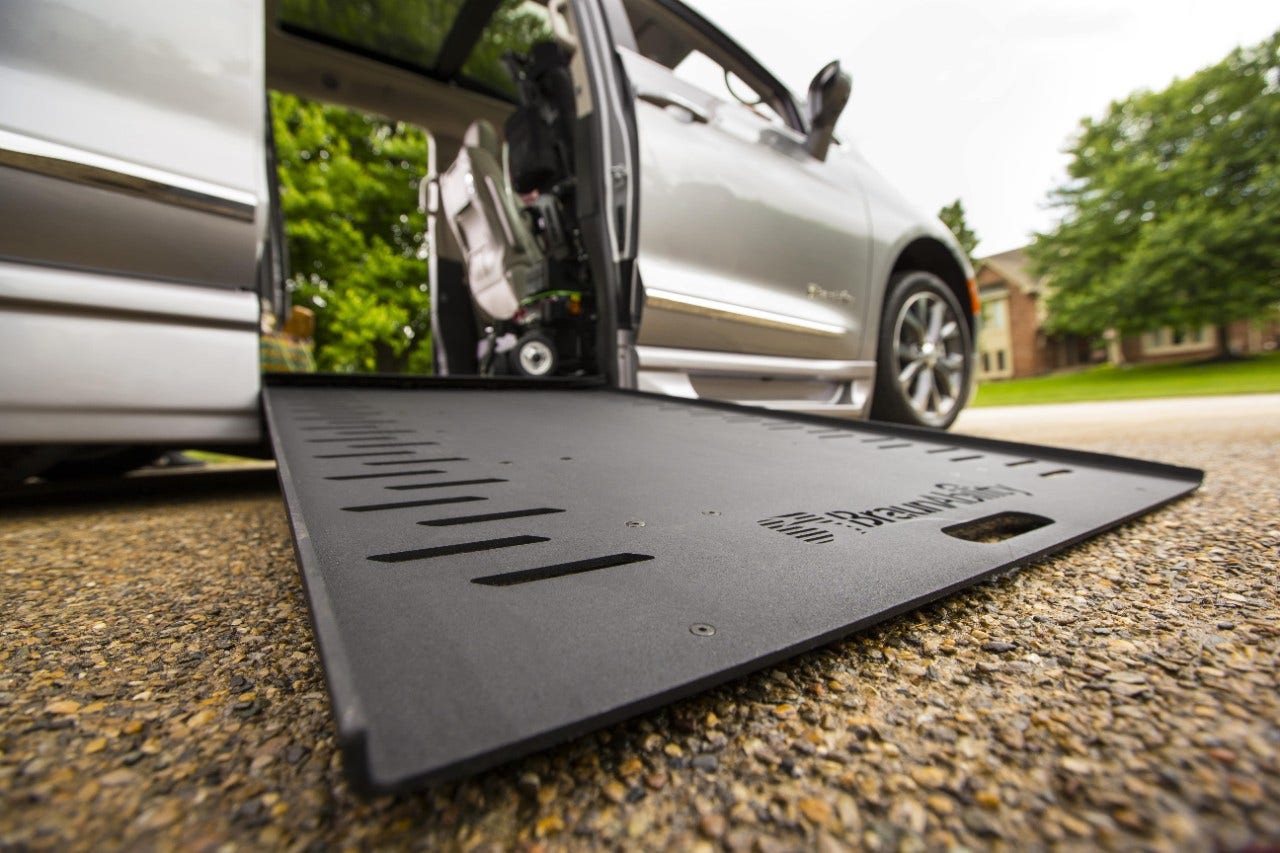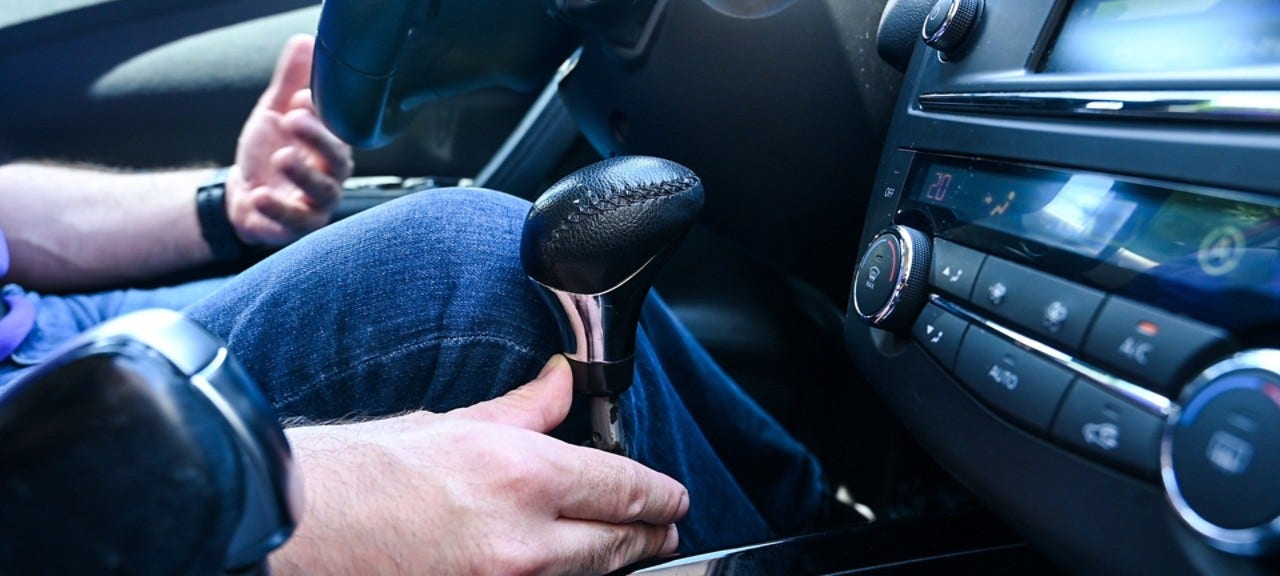
When Should I Consider a Wheelchair Van?
Transitioning from a traditional vehicle to a wheelchair van or accessible SUV can be daunting. Many individuals enjoy their current vehicle and hesitate to purchase a new one. Others worry about the cost. For some, a handicap van or wheelchair accessible SUV symbolizes a need for increased assistance, a reality that can be challenging to accept. It's important to understand that transitioning to an accessible vehicle can greatly enhance mobility and independence in daily life, whether you're driving to and from work, a doctor's appointment, visiting the local grocery store, or enjoying an outing with friends or family.
Signs You May Need a Wheelchair Van
Multiple signs can point to needing a wheelchair van, including:
- Changes in Mobility: If you or someone you care for finds it increasingly difficult to get in and out of a standard vehicle, this can indicate the need for an accessible vehicle. Frequent injuries, strains, trips, or falls among people with mobility disabilities and their caregivers can be avoided with accessible transportation.
- Reduced Social and Community Engagement: Changes in the frequency of your outings can affect both your mental and physical health. If you've noticed a decline in your activities, such as attending a weekly church service, dining out, or even missing doctor's appointments, it might be time to consider a wheelchair accessible vehicle.
- Strain on Caregivers: Wheelchair accessible vehicles benefit not only individuals with mobility disabilities but also caregivers. Caregivers who frequently lift disabled people and their mobility aids in and out of a vehicle can experience physical strain over time. A wheelchair accessible vehicle can alleviate this strain, providing a safer transportation solution for people with mobility disabilities and their caregivers.
Transitioning to a Wheelchair Accessible Vehicle
Many people feel hesitant to transition to a wheelchair accessible vehicle. Whether it's an attachment to your current vehicle, concerns about cost, or reservations about the appearance of accessible vehicles, making the switch can be a difficult decision for some. When considering a wheelchair accessible vehicle, keep in mind your ability to:
Budget for a Wheelchair Van
Prices for wheelchair accessible vehicles typically range from $60,000 to $80,000, depending on the vehicle type (SUV or van) and features like power or manual ramps. While more expensive than traditional vehicles due to specialized equipment, accessible vehicles offer significant benefits in convenience, safety, and mobility. Keep the following in mind when budgeting for a BraunAbility wheelchair van or accessible SUV:
- Negotiable Pricing: Like any car dealership, prices are negotiable at your local BraunAbility dealer, too.
- Financing Options: BraunAbility Finance offers tailored financing solutions to fit your budget.
- Trade-In Opportunities: You can trade in any vehicle, accessible or not, to offset the cost of a new accessible vehicle.
- Used Vehicle Options: Local BraunAbility dealers sell used accessible vehicles, which can help cut costs while allowing drivers and passengers to find a suitable mobility solution.
- Leasing and Rental Programs: These options let you drive for a short or long- term before committing to a purchase, helping you better understand your needs and the associated costs. Contact your local BraunAbility dealer to learn more about wheelchair accessible vehicle rental and lease options.
Convert an Existing Vehicle to be Wheelchair Accessible
If you have a vehicle you love, adapting it to meet your needs might be possible. For instance, pickup trucks like the Ford F150 or SUVs such as the Cadillac Escalade can often be equipped with a Turny Evo swivel car seat. While these vehicles can't accommodate a wheelchair ramp, the Turny Evo can assist individuals who need help getting in and out of the vehicle seat. Compatible with over 200 models, including trucks, SUVs, and vans, this solution is ideal for those who don't require a ramp but need seat assistance. Check with your local BraunAbility dealer to see if your vehicle is compatible. Additionally, certain vans from Chrysler, Honda, and Toyota, or the Chevrolet Traverse might be convertible for accessibility. However, modifications depend on the vehicle's age, mileage, and capacity for necessary adaptations. Your local mobility dealer can help assess whether your vehicle is eligible for conversion. If not, trading in your vehicle could be a viable option.
Explore Accessible Vehicle Options
Some people hesitate to choose a wheelchair accessible vehicle for aesthetic reasons. Luckily, these vehicles have evolved significantly, often appearing indistinguishable from traditional vehicles until the ramp is deployed. If a van isn't your preference, consider the BraunAbility Chevrolet Traverse, a wheelchair accessible SUV. Additionally, hybrid options like the Toyota Sienna are available, along with other vans that offer various ramp styles to accommodate a variety of needs.
Frequently Asked Questions: Buying Your First Wheelchair Van
Buying your first wheelchair van can often raise many questions. Here are some common questions we hear from BraunAbility customers
1. Will Medicare or Medicaid Pay for a Wheelchair Van?
No, Medicare and Medicaid generally don't cover wheelchair vans. Some plans may cover non-emergency medical transportation for medical appointments.
2. How Do I Choose a Wheelchair Van?
It's recommended to address needs first. For example, do you need a power ramp, or can you stow and deploy a manual ramp independently or with assistance from fellow passengers? Will you drive or ride in your wheelchair, or transfer to a vehicle seat? It's important to consider how your needs may change over time, too. Your local mobility dealer can help you determine which vehicle is right for you.
3. Why Are Wheelchair Vans so Expensive?
Wheelchair vans and SUVs require significant modifications for accessibility and safety. Costs vary depending on the vehicle and modifications you choose. Your local mobility dealer can help you find financing options to meet your needs.
4. What Makes a Wheelchair Van ADA Compliant?
Essential features can include but are not limited to a wheelchair ramp, wheelchair securement systems, accessible seating, and adaptive driving controls.
If you're purchasing your first wheelchair van or wheelchair accessible SUV, reach out to your local BraunAbility dealer. They will assess your mobility needs, lifestyle, and budget to help you find the ideal accessible vehicle. If you're still exploring your options, be sure to check out our first-time buyers page and contact a product specialist for any questions about BraunAbility vehicles and mobility products.




